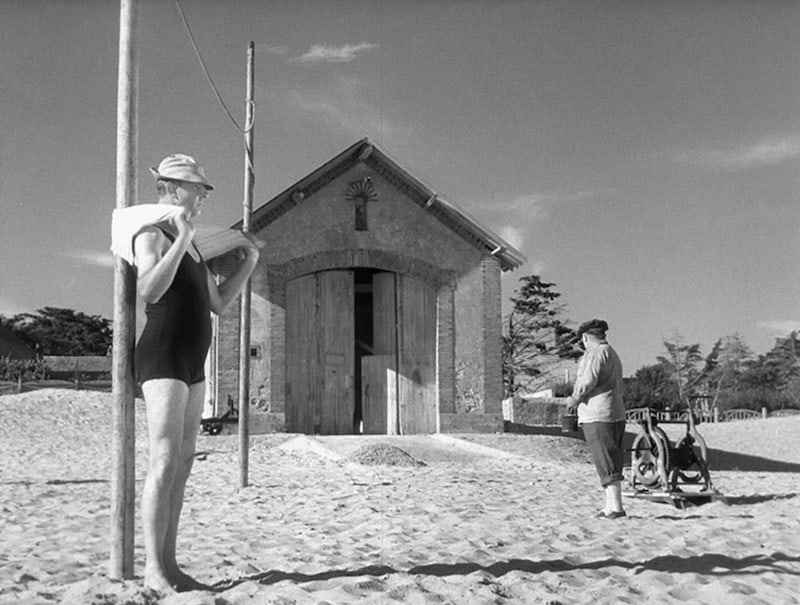
We all know there exists a certain stigma about comedy. You hardly ever see one nominated for an Oscar (other award shows had to create separate categories for comedy, as though it has nothing in common with drama) and you pretty much never see one winning Best Picture; the last was Annie Hall, which came out in 1977, before everyone else at Film School Rejects but me was alive. Comedy is the blue collar genre, it’s of the people, a vernacular, and as such it carries with it a low-brow impression. Comedy is easy, people think, it’s riddled with cliché and convention, it’s not as much of an accomplishment as a powerful drama or a spectacle-laden action-fest. All of this is utter crap, of course, but nevertheless the stigma exists.
Within comedy, I believe there’s another stigma, this one against visual, or physical comedy. When we look at the biggest physical comedians of the last 40 years – Jim Carrey, Chevy Chase, Rowan Atkinson, Chris Farley, Melissa McCarthy – there’s an implied childishness that goes along with their work and themselves, not just because some of their movies have been aimed at children, but because the work consists of exaggerated gestures and responses, getting lost or turned around, running into things, falling down things, getting hit with things, and other common-denominator laughs that seemingly only befall a child, or an idiot.
But physical comedy can be art, and furthermore, it can be the most difficult form of comedy. Look at Charlie Chaplin or Buster Keaton, The Marx Brothers, Laurel and Hardy, The Three Stooges, Jerry Lewis; that could also be a list of the greatest film comedians of all-time. And yes, those folks mentioned just now are all a part of what would be considered “classic Hollywood,” but the present, devalued state of physical comedy isn’t because of present performers, it’s because of us, the audience. Jim Carrey made Man in the Moon, The Majestic, The Truman Show, and Eternal Sunshine of the Spotless Mind, each boasting powerful performances by Carrey and each with comedic elements though decidedly not comedies, but no one cared, not really, we shoveled fleeting praise his way when the films were released then immediately regressed into wanting to see him make his butt say “All righty then.” It’s the audience who has backed physical comedy into a dunce’s corner, it is we who have shifted it from the ballet of laughs it was in film’s Golden Era into the live-action cartoons of today intended to make schoolkids wet themselves. Because of this, we forget that physical comedy can be graceful, it can be a mastery of timing, it can be a legitimate artistic expression – not just an entertaining one – and it can prove more difficult than any mere emotional delivery of dialogue.
In the latest video from The Royal Ocean Film Society¸ a master of physical comedy is put under the microscope: Jacques Tati. Tati was a writer, director, and actor whose Monsieur Hulot films – M. Hulot’s Holiday, Mon Oncle, Playtime et cetera) have influenced everyone from Wes Anderson to David Lynch, not just because of their physical comedy, but because of their style, design, and use of the body to propel the narrative. It’s the purpose of this video to introduce Tati, examine his style and intent, and prove why visual or physical comedy isn’t just pratfalls and pies in the face. If you don’t know Tati, this is an excellent primer; if you do, this is a chance to go deeper into his process and gain further appreciation for the man and his work.
Related Topics: Comedy, Filmmaking
